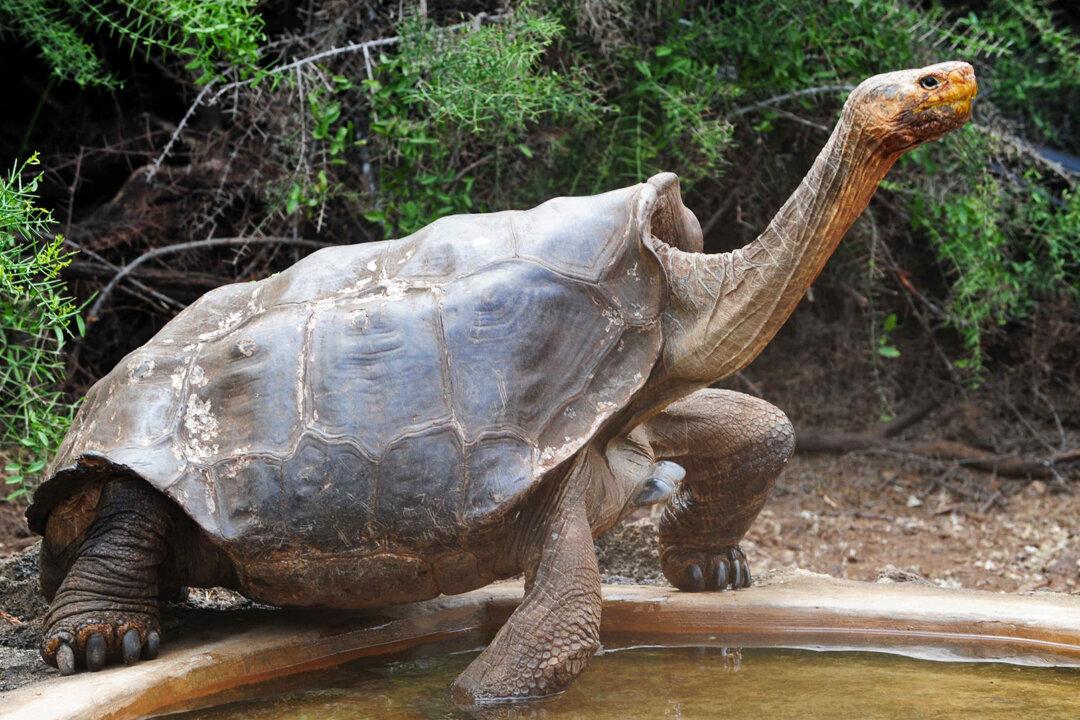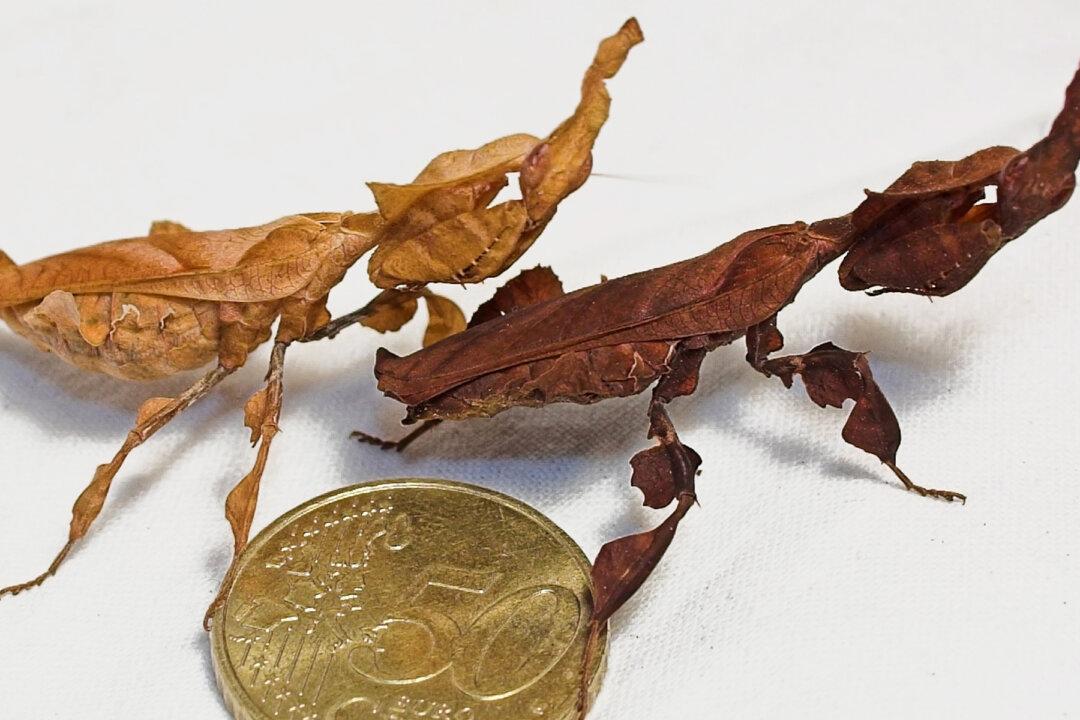When Galápagos giant tortoise Diego arrived in the Santa Cruz Island breeding program in 1976, his species (Chelonoidis hoodensis) was down to a mere 15 surviving members. In 2020, this centenarian male has been retired from the breeding program after helping lift the population to around 2,000.
To put Diego’s incredible mating role into perspective, some 40 percent of the Galápagos giant tortoise population on his native island of Española are descended from him, according to a statement by the Galápagos National Park authorities. “In recent years, he has become a symbol of Galapagos conversation,” they said.




